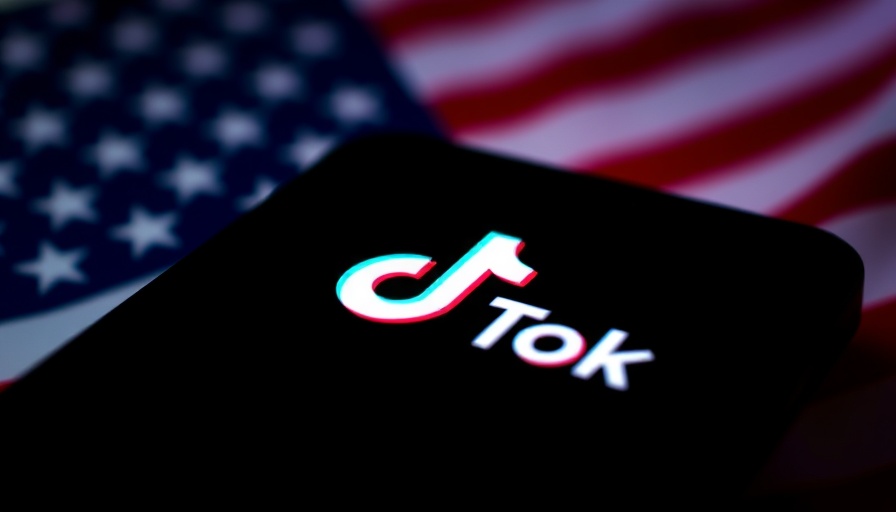
The Ongoing TikTok Dilemma: What It Means for Users Alike
TikTok’s journey in the U.S. has taken yet another twist with a third 90-day extension, allowing it to remain operational until September 17. This extension, announced by President Trump, reflects ongoing negotiations over a potential ownership deal that could alter the dynamics between the Chinese-owned app and U.S. regulations. As discussions continue, users are left contemplating what the future holds for one of the most popular social media platforms.
The Impact of Government Negotiations on TikTok
The recent extension underscores the complexity of TikTok’s operational status in the U.S. While the ban faced initial support, public opinion appears to be shifting. A recent study by Pew Research indicates that support for a total ban has dropped significantly, from 50% support in 2023 to only one-third today. This dip reflects not just a changing sentiment towards TikTok, but also a larger conversation about data privacy and the relationship between technology and regulation.
What Do These Changes Mean for Marketers?
For marketers, TikTok's continued presence offers unique opportunities. With the platform actively used for creating short-form campaigns and engaging younger audiences, companies can keep investing in TikTok while preparing for the uncertainty of the September deadline. Experts recommend developing backup strategies across other platforms to mitigate potential disruptions in advertising channels.
Global Perspectives on Technology Regulations
Interestingly, TikTok’s situation is not just a U.S. issue. Globally, similar platforms face scrutiny regarding data security and privacy. Countries around the world are grappling with how to regulate emerging technologies while still reaping the benefits they provide. This global context highlights a trend: as technology becomes more integral to our lives, regulatory frameworks will need to evolve swiftly to manage both growth and security concerns.
Looking Ahead: What’s Next for TikTok?
The prolonged negotiations hint towards a possible resolution that could see TikTok continue its operations unimpeded. However, experts advise stakeholders to remain vigilant. With the September 17 deadline looming, TikTok's future hinges on the outcomes of these discussions. Monitoring these developments will be crucial for users seeking to understand their place in the digital landscape, as well as for marketers wishing to capitalize on the platform's expansive reach.
As technology continues to disrupt our lives, knowing how to navigate these changes becomes vital. For those involved with TikTok, either as a content creator or a marketer, staying informed not only equips you with the tools necessary for your current campaigns but also prepares you for future shifts in the tech landscape.
 Add Row
Add Row  Add
Add 




Write A Comment